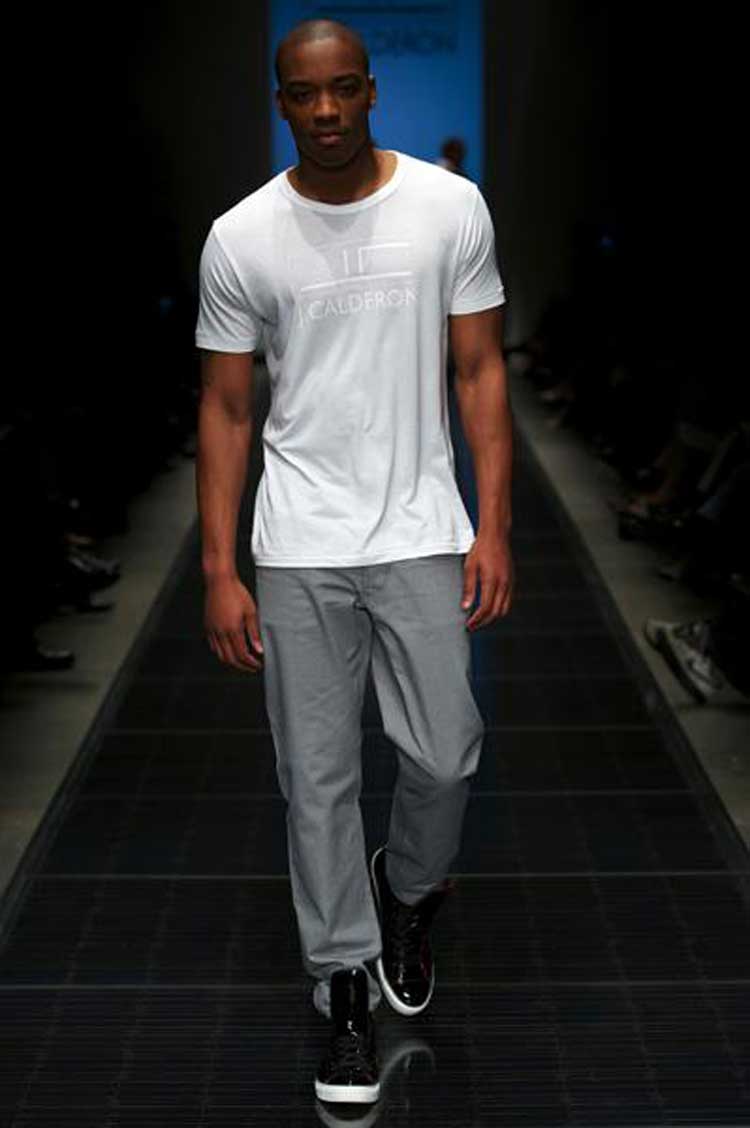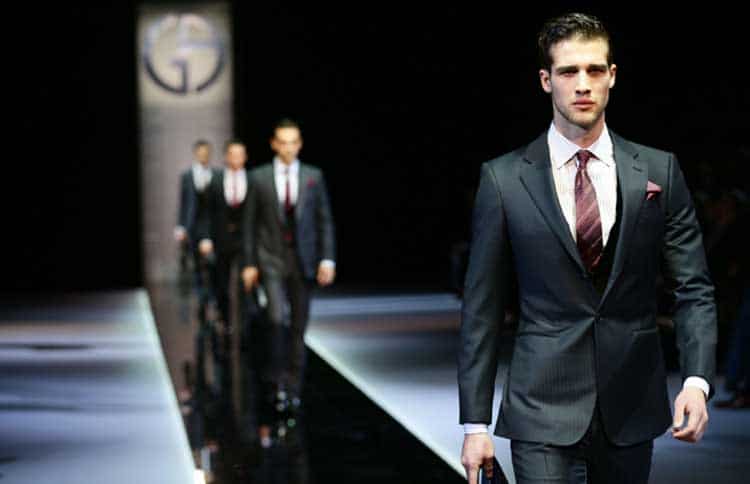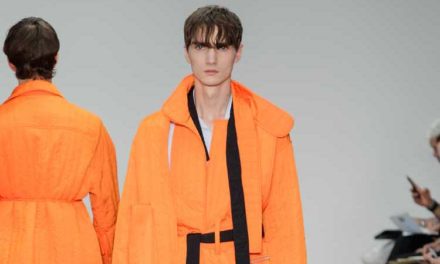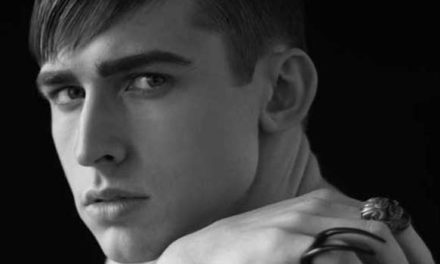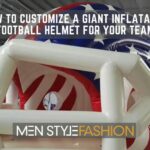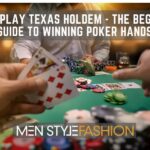Walk the Walk: The First Steps to Being a Successful Runway Model
They say if you ´walk the walk´ then you have to ´talk the talk.’ In modelling, it is the other way around. Walking the runway puts models on the spot. Pure and simple. While you may only be as good as your last ´turn´, choreography routines can help to give confidence and direction to new ´up and coming models´, or established models looking to ´perfect´ their craft for high-end campaigns or events.
Modelling is as old as art (when it started on the Spanish Steps in Rome in the 17th Century) but in the advertising-driven culture of the West, modelling has recently made a place for itself as a fresh, high profile and highly lucrative career. In simple terms, models wear the fashion and accessories of designers for runway and catwalk shows (and in print campaigns), but in a culture where big names mean big money, some models become brands of their own. Realistically, no one has any real interest in your opinion, personality or dialogue (unless your Jon Kortajarena, Andreas Velencosco or Tyson Beckford.)
These, coined ´supermodels´, not only strut and pose along the catwalk in new fashion, but become icons themselves; earning fame and renown as the models every designer wants to hang their clothes upon. As Gianni Versace on famously said;
“Wear the clothes, hang the clothes, feel the clothes, sell the clothes and be the clothes.” – Gianni Versace
First Steps to Being a Runway Model
So, what are the first steps to being a runway model? Well, there are many steps and manoeuvres, literally. Complete an honest self-assessment to ensure you have the physical qualities necessary for a male runway model. Most runway models are at between 5’11” and 6’2″ and weigh between 140 and 165 lbs. Your physique should be lean, yet strong (never muscular, because that can affect the model’s performance on the shows and their fit to the clothing. This is the body type that designers look to display their clothing. However, as trends change, your body will have to depend on the designer and his philosophy.
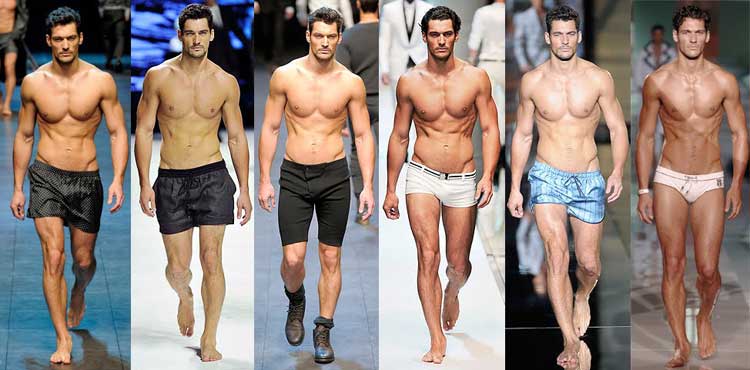
Create a modelling portfolio or ´book´. This compilation should include professional standard headshots, as well as photos that highlight your body. You should have at least two photos wearing jeans and a casual t-shirt, as well as some wearing business suits. It should also include your height, weight, measurements and clothing sizes. Hire a professional photographer take care of this as it will be an investment in your future career.
Study the runway walk. From my experience, you should record and watch a runway modelling show to see how the professionals do it. For example, watch where they focus their eyes, how they hold their arms and hands and their shoulder and chin positions.
Practice your runway walk. While female models usually must walk with one foot in front of the other, such as they are walking on a line, male models do it a little more differently.
Find a modelling agent. Call local modelling agencies and book interview appointments with bookers. Bring your portfolio and dress to impress the agent. Just now, the current trend for the male model look is slightly long hair and facial stubble. Mail copies of your portfolio photos to agencies if they cannot see you or do not have open call appointments.
So, if you meet the above criteria then you can perfect your craft by following my rules of male choreography for the ‘runway’ and the ‘catwalk’. Which you should adopt and when?
A ‘catwalk’ describes a narrow, usually elevated platform used by models to demonstrate clothing and accessories during a fashion show. The term probably derived from the catwalks that connect adjacent buildings. The term may also be derived from a more literal meaning, as the models on the ´catwalk´ often use a walk which is like that of a cat, placing one foot directly in front of the other to produce an alluring swagger in which the hips take on a more exaggerated movement. A ´catwalk´ is also commonly misunderstood as a ‘runway’. A ‘runway’ is where the model walks at ground level, not on a stage or elevated level. ‘Catwalks’ can be of various shapes, sizes, and materials so the choreographic strategy will be different for every single one.
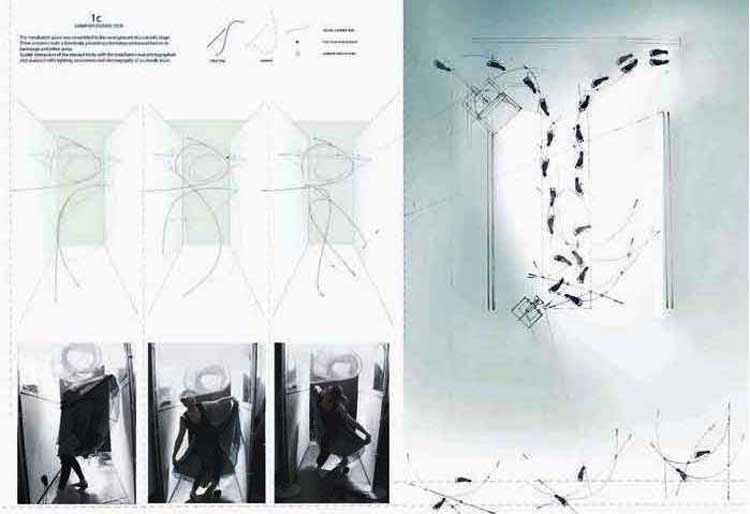
Perfecting The Walk
With regards to perfecting the ‘walk’, the best advice, in a nutshell, is to copy the professionals and take note of the various ways the models walk. No two models walk the same and as you get more experienced, you’ll be able to develop your own style or throw in a little nuance that will set you apart from the other guys. Of course, there are a few basic rules of thumb; What will ultimately make you stand out is not only how well you can move your body but also how much of your own personality you can inject into your performance to make it memorable. The best way to create your own unique style is to experiment, practice, and get feedback (even if it means taking some constructive criticism.)
The key points to look for are;
- Posture
- Poise
- Rhythm & Timing
- Symmetry
- Composure
- Confidence
Your facial expression and makeup will depend upon the theme of the show and will be determined by the clothing, lighting and music. You should always look past the audience without eye contact or interaction unless instructed to, and in addition to this, your body should always be in alignment, with uniformed movement, again determined by the theme of the show and the creative direction. These two principal factors will be discussed in detail a little later.
You may be instructed to stop and pose at certain points along the catwalk. Again determined by the theme of the show. This will dictate how long or in the shape of your pose in addition to the fact that you may have to turn at some point on the catwalk.
With the above features of a show, you will have specific choreographed instructions as to where and when they all take place. They may differ between men and women, again dependent upon the theme of the fashion show and the rationale of the creative direction team.
Posture
There’s nothing glamorous about a runway model that is hunched over. Anytime you set foot on that runway, your whole body needs to be upright and alert but not so rigid that you look like a robot. While walking, keep your chin tilted down slightly but not in a way that your whole head is looking down. The audience sits below you during a runway show and you don’t want them completely looking up your nose the entire time.

It’s All In the Eyes
Any time you watch a fashion show the model’s eyes are always focused straight ahead and rarely look anywhere else. When you’re on the runway, find a comfortable spot where you can stare straight ahead and don’t let your eyes travel all over the place. Make sure you don’t look down! It’s a bad habit to continuously look down to see where you’re stepping.
Try to break this habit and learn how to look ahead while being able to see where your feet are landing. To lift things up a little, when you reach the end of the runway, do your pose and let your eyes slightly look down and make contact with the audience. But do this without your whole head looking down and limit it to the eyes.
Keep Your Mouth Natural
Never smile. Keep your mouth closed and learn to relax your lips and you’ll be fine. The audiences are there to pay attention to the clothes, not the model (unless their famous.) A smile detracts from the clothes and draws attention to the models face. More often than not as well, the designer wishes ´attitude´ to be portrayed in the show, which runs parallel with this idea.
